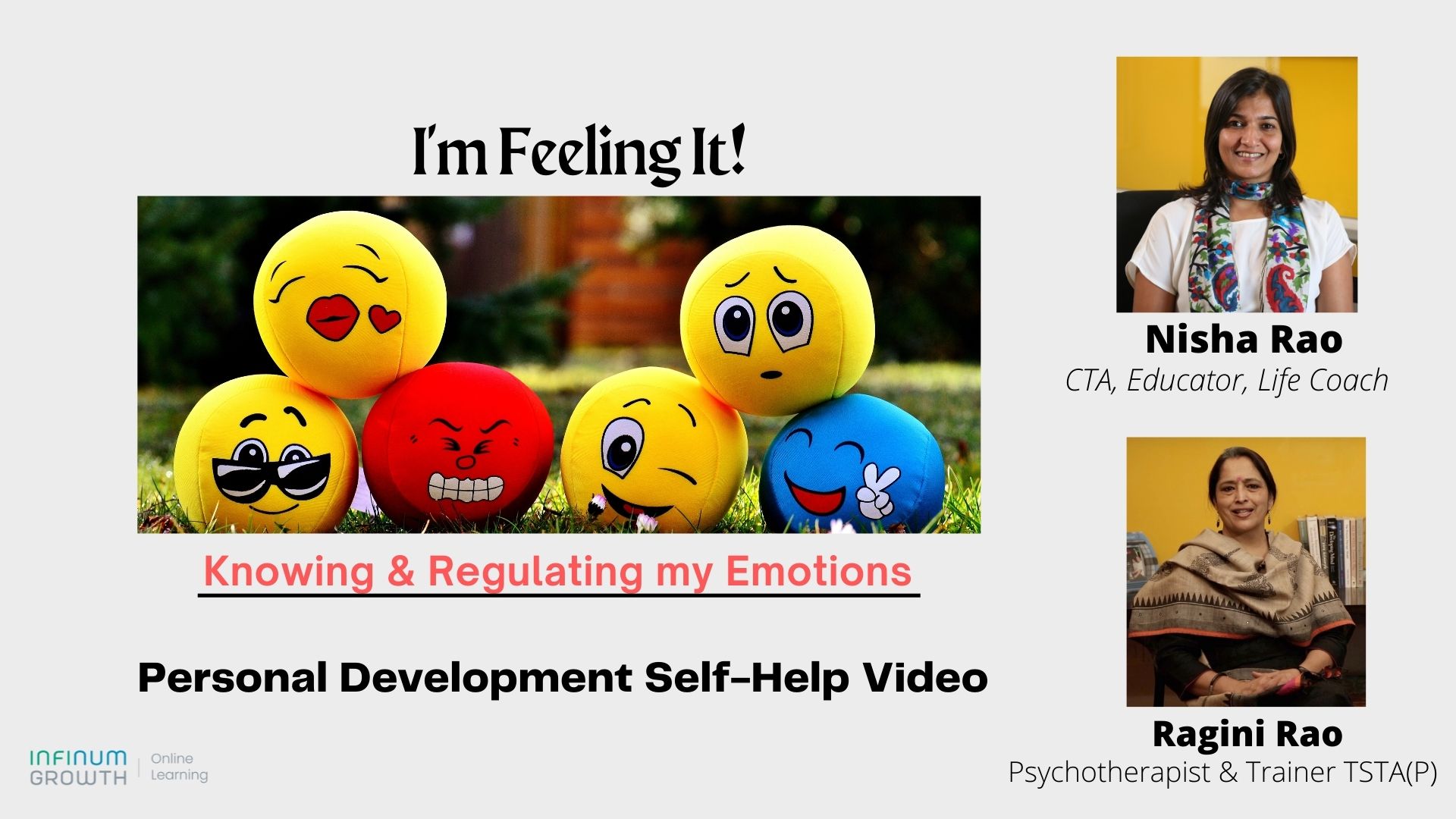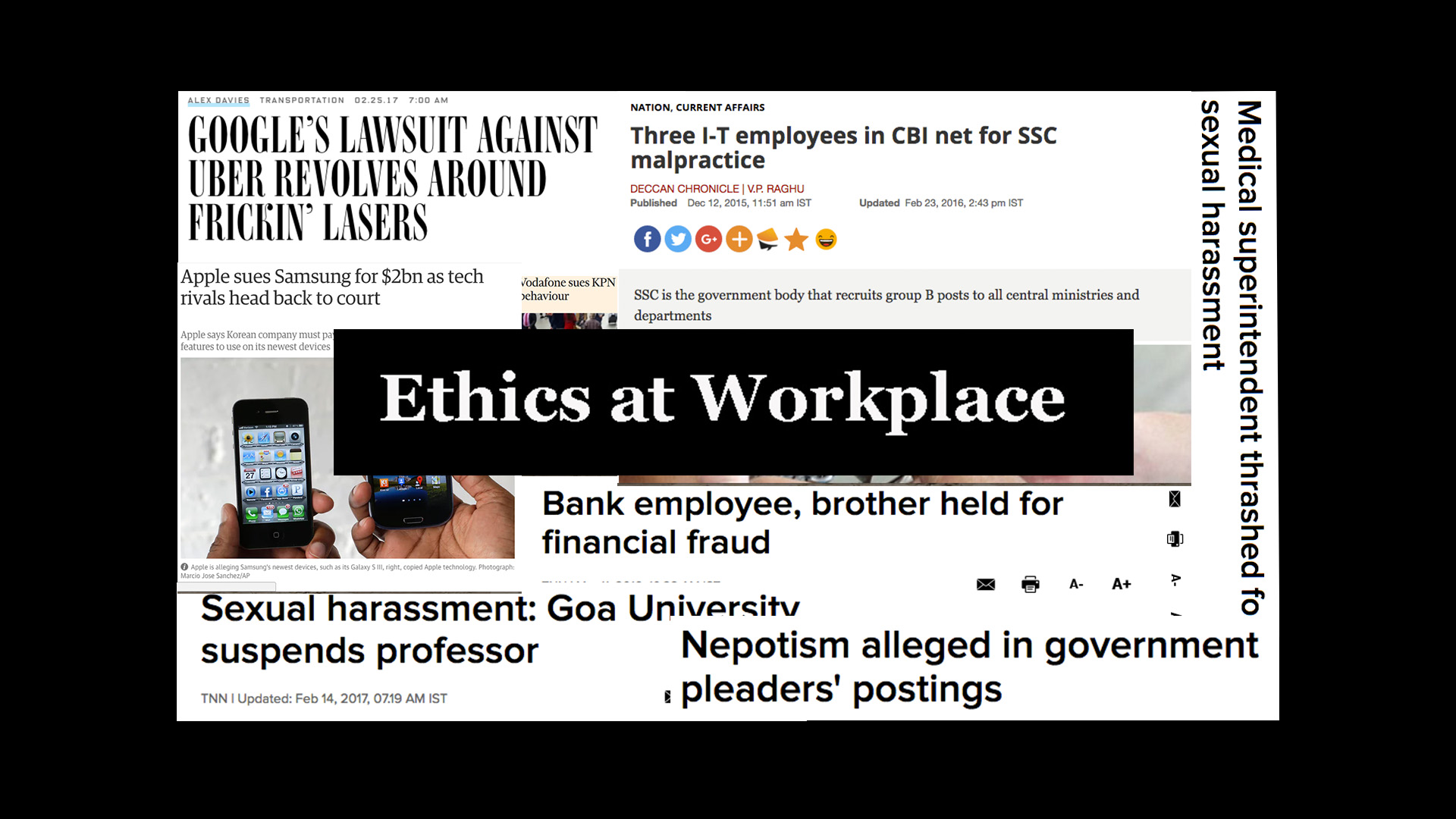In a rapidly changing external environment, organisational culture could eventually be the decider that makes or breaks any business.
I am currently reading an autobiographical book of prose and poetry written by a friend, that has truly impressed me. Not for the quality of its writing, but its refreshing transparency and brutal honesty.
I believe it takes a lot of courage to bare yourself and your soul without fear of judgment from others, or repercussions to your relationships.
Some learnings from my professional career
As I continue to delve into the depths of the author’s evolving life experiences, I find myself introspecting more than I normally do. It is my experience that, conducting myself with integrity and honesty has always yielded positive results in the long run; not just in personal life, but especially, in professional experiences too.
Here I will focus on organisational culture.
Everyday, on multiple occasions, we are faced with making decisions related to sharing information with others – data collected via research or handed to us by others; data analysis and conclusions from analytics, risk assessments, short and long term projections, micro and macro level strategy, etc.
Business leaders are often not forthcoming with their employees on the true state of the business. Financial and operational results are sugar-coated with unachievable, optimistic forecasts; and tend to project deceitful confidence.
In mid to large size corporations, departments that should be collaborating are often competing. They are competing for prioritization and funding of pet projects; for power and at times, just for survival.
Such competition leads to closely guarding information that they perceive to be valuable and at times, even believe that the information will be misinterpreted and/or misused.
Consequences of Lack of Transparency
The impacts of such an organisational culture can be severe, including –
- Lack of clarity of mission
- Lack of confidence in leadership
- Individualistic survival strategies among employees vis-a-vis company loyalty
- Feeling of powerlessness and undervalue
- Dysfunction and inefficiencies
Building a Culture of Trust
Some steps that could help build trust include –
1. Regular communication from leaders to employees
While no one expects leaders to broadly share highly confidential information and strategy, regular dissemination of the true state of the business and open evaluation of the strengths and areas of improvements, provides employees with a sense of ownership and purpose.
When times are tough, leaders must show courage and communicate accordingly. Every employee must believe they can contribute to turning the ship around.
2. Regular input from employees to leaders
An often-overlooked fact is that the best ideas come from the field; those who are building products; talking to customers on a daily basis during sales and support interactions. Value your employees, as they are a conduit to your customers.
3. Ensure openness in intra and inter-team communications
Bill Gates recently shared that a critical lesson he learned from his days leading Microsoft was that, the key to success in achieving business goals is to build teams with the right mix of talents.
A software company will not succeed with just the most brilliant software engineers; they need experts that know how to build products, market and support them, operationalize support, etc.
This is a necessary but not sufficient structure. It is imperative that there be unambiguous and clear communication amongst the team members in order to achieve and recognize success.
4. Encourage Risk-taking
Sam Altman, the CEO of OpenAI, observed that building an organisational culture of trust requires allowing employees to take risks. Leaders may define the overall strategy, but everyone in the company must feel unafraid to take risks and innovate in order to achieve the mission. Empowerment leads to a sense of ownership.
5. Incentivise collaboration to drive trusting relationships
Money talks. Setting goals, measuring performance and compensating against achievement of goals at a cross-departmental level, foremost drives collaboration. Collaboration, in turn, builds friendship, trust and confidence in partners.
6. Prevent conflicts from ballooning
Conflicts and disagreements are inevitable and they can be healthy and productive when debating ideas. But personality conflicts can lead to behaviors that result in lack of trust, purposeful concealment of critical information and secrecy.
Placing leaders in the most appropriate positions based on the extent and types of interactions with other leaders, is a key component of organizational design that can minimize fatal conflicts.
7. Utilize productivity tools to achieve transparency
There are several tools and processes that are available at leaders’ disposal to monitor status and progress of projects. Leveraging these tools dis-incentivises mis-reporting or misrepresenting results; and thereby ensuring transparency and accountability.
These are proven tactics that are not difficult to implement, but not always prioritized in the face of constant barrage of demands of a business.
Evaluating the culture at every level and implementing a consistent set of principles of openness and transparency is a smart approach that will pay dividends in the long run.
Please do leave your comments at the bottom and do share with others if you like this article.
















